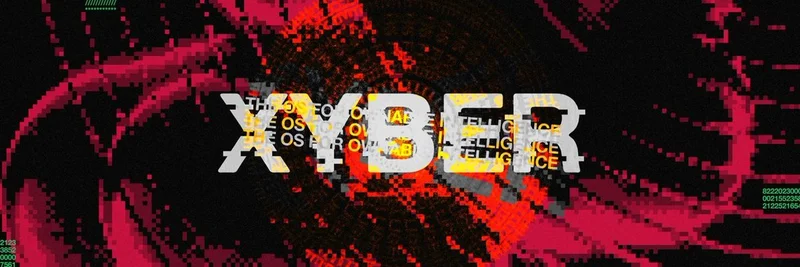In the fast-paced world of crypto, it's always refreshing to hear straight talk from industry leaders. Recently, Mert, the CEO of Helius Labs, dropped some end-of-day (EOD) thoughts on X that cut through the noise. His post touches on the grind of building decentralized exchanges for perpetual futures (perps DEXes), props to the Solana crew, and a shoutout to Zcash (ZEC) for reminding us what crypto was meant to be about. If you're into meme tokens or broader blockchain trends, this is worth unpacking—especially since Mert nods to the temptation of launching "shitters" (you know, those quick-hit meme coins) but chooses a different path.
Let's break it down point by point, keeping things simple and relatable.
Cheers to the Perps DEX Builders
Mert kicks off by giving major respect to the devs hustling on perps DEXes across various blockchains. These are platforms where you can trade perpetual contracts—basically, bets on asset prices that don't expire, all handled on-chain without middlemen. Building them is no joke; it's high-stress work involving complex smart contracts, liquidity management, and ensuring everything runs smoothly under massive load.
Why does it matter? Mert argues that if we want on-chain finance to overtake traditional systems, we need these tools. Forget raging at short-term price dips—the real villain is the old-school financial setup that's centralized and opaque. For meme token enthusiasts, this resonates because perps DEXes could make trading your favorite dog-themed coins more accessible and fair, without relying on big exchanges.
Pride in the Solana Ecosystem
Next up, Mert beams about Solana's progress. He shouts out the Anza core team for a bunch of small tweaks that have collectively made the network way smoother. Solana, known for its high-speed transactions and low fees, has had its ups and downs with congestion, but these improvements are paying off.
He also pats his own team at Helius on the back—they handle a ton of Solana's RPC (remote procedure call) traffic, which is basically the backend plumbing that lets apps interact with the blockchain. No downtime, even during peak usage. If you're building or trading meme tokens on Solana, this means fewer headaches and more reliable dApps. It's a reminder that behind the memes, real infrastructure work keeps the party going.
ZEC's Surprising Pump and the Cypherpunk Call to Arms
Here's where it gets juicy. The whole market's bleeding red, but ZEC is smashing new highs week after week. Mert shuts down conspiracy theories about some insider "cabal" pumping it for exit liquidity. He points out that if he wanted quick cash, he could've easily dropped a meme coin (that "shitter" reference hits home for anyone in the space).
Instead, he sees ZEC's rise as a wake-up call. Crypto's chase for mass adoption has led us to compromise on core values like privacy and self-sovereignty—the stuff cypherpunks (early crypto advocates focused on cryptography for social change) dreamed about. We've been building toward a surveillance-heavy future without realizing it.
ZEC, or Zcash, stands out because it pioneered zero-knowledge (ZK) proofs, tech that lets you prove something is true without revealing details—perfect for private transactions. It's had nine years of fair distribution, no single entity calling the shots. Mert says turning this around needs a virtuous cycle: price action draws attention, which fuels building, and vice versa. And yeah, there's serious dev work happening behind the scenes.
For the meme token crowd, this is a nudge to think beyond pumps and dumps. Privacy features could make meme trading more secure, shielding your wallet from prying eyes. Plus, embracing cypherpunk ethos might inspire the next wave of innovative, value-driven memes.
Mert wraps up optimistically: "Crypto will win." It's a solid reminder that amid the volatility, the builders and visionaries are steering us toward something bigger. If you're deep in Solana memes or eyeing privacy coins like ZEC, keep an eye on these developments—they could shape the next bull run.
What do you think? Is the cypherpunk revival the key to crypto's future, or are we too far gone? Drop your takes in the comments below.

